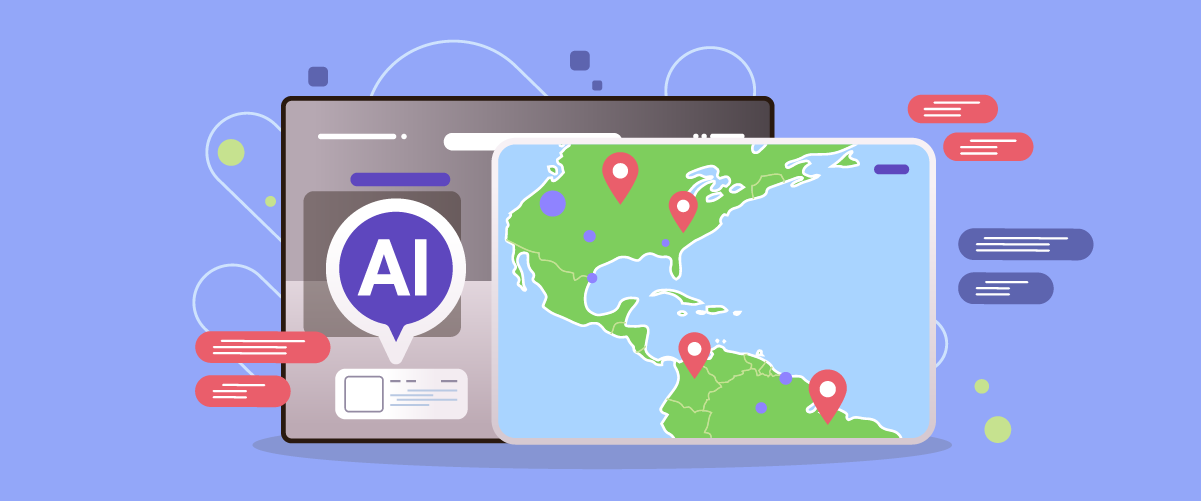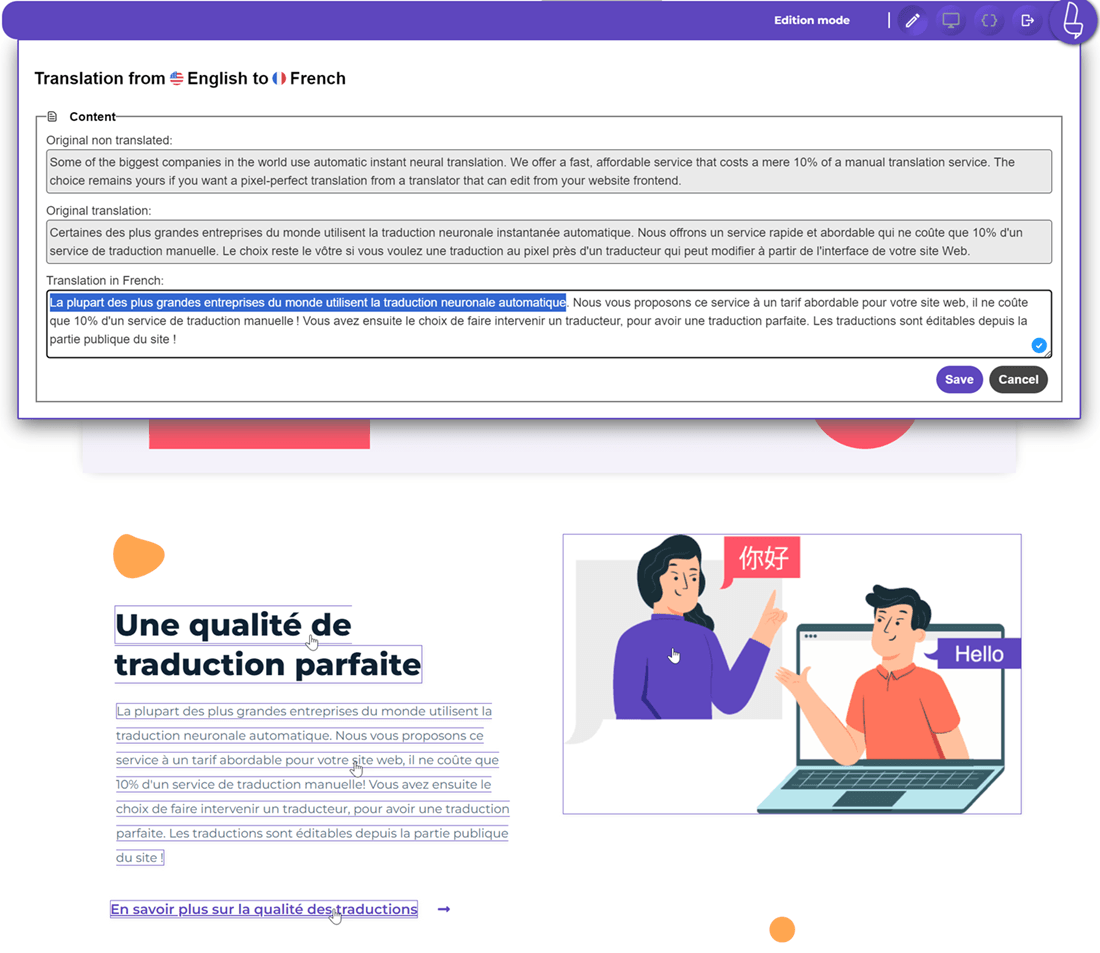AI localization becomes your secret weapon for connecting with customers worldwide. It allows us to adapt content, products, or services to different languages and cultures, making them feel personal and familiar to everyone, no matter where they are.
It helps your companies create content that feels natural and relatable to people in different countries without spending too much time or money. This article will explore how AI localization works, its challenges, and how businesses can use it to reach more customers worldwide.
What is AI Localization & Why is it so important?

Imagine you have an online store that wants to sell products worldwide. The challenge is, how do you make customers from different countries feel comfortable shopping at your store? This is where AI (artificial intelligence) and localization help.
- AI localization is the use of artificial intelligence (AI) to assist in adapting content, products, or services: This means adjusting content to match the language, culture, and preferences of different markets. It’s more than just translation—AI localization ensures the content feels natural and relatable by considering local customs, values, and cultural nuances. This includes adjusting idioms, metaphors, humor, and even visual elements to make sure they are appropriate and relatable to the local audience.
- AI localization combines the power of machine learning, natural language processing (NLP): This uses advanced technologies to make localization faster and more accurate. Machine learning helps AI learn from data, improving translation quality, while NLP allows AI to understand and process human language effectively. Together, these technologies help businesses adapt content quickly and precisely across different markets.
According to research, 9 out of 10 people prefer to buy products available in their language. So, localization is key if you want customers in other countries to be interested in your products.
With advanced AI translation, such as Neural Machine Translation (NMT), you can translate your content into various languages quickly and accurately. This helps you quickly convert your website, product descriptions, and user guides into multiple languages.
By using AI in localization, businesses can reach customers worldwide more effectively. AI helps create a more personal and relevant experience for customers, regardless of where they are or their language.
Challenges in localizing AI-generated content
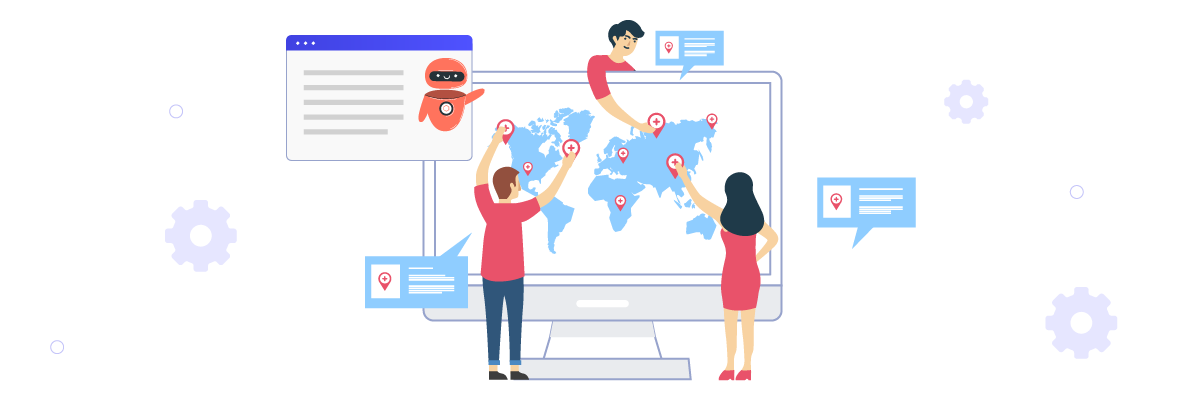
In localizing AI, several challenges will be faced, including the following.
Context and nuance understanding
One of the biggest challenges in localizing content is ensuring that AI can correctly understand the context and nuances of the language. AI might be very good at translating word by word, but it often struggles with grasping the deeper or implied meaning of a sentence or phrase.
Example:
For example, if an AI translates the phrase “It’s a piece of cake” from English into another language, it might render it literally as “C’est un morceau de gâteau” in French. While this is accurate linguistically, it misses the idiomatic meaning of “It’s a piece of cake,” which implies that something is very easy to do. The translation can be confusing or meaningless to the target audience without understanding this idiom.
Cultural sensitivity and appropriateness
Every culture has its values, norms, and taboos. Content considered polite or funny in one culture might be seen as offensive in another. AI must be able to recognize and avoid content that may be culturally inappropriate. This challenge becomes even more complex, considering many countries have diverse subcultures and ethnic groups.
Example:
An advertisement using dark humor, accepted in Western cultures, might be considered highly inappropriate in East Asian cultures. If AI does not consider cultural sensitivity, it could lead to controversy and damage the brand’s image in that market.
Handling idiomatic expressions and colloquialisms
Idiomatic expressions and colloquial language are often complex to translate because their meanings cannot be understood from the individual words alone. AI might struggle to recognize idioms and attempt to translate them literally, resulting in nonsensical or even absurd translations.
Example:
An idiom like “break the ice,” which means to ease tension, might be translated by AI into the Indonesian language as “memecahkan es,” which doesn’t carry the same meaning and could confuse the audience.
Maintaining consistency across languages
Maintaining consistency in messaging, style, and terminology becomes a significant challenge when localising content into multiple languages. This is especially important for global brands that want to preserve their identity across all markets. AI needs to understand and consistently apply brand style guidelines across all languages. This includes ensuring consistent use of terminology, particularly for technical or industry-specific terms.
Example:
Consider a global e-commerce platform that uses the term “shopping cart” throughout its interface. AI needs to ensure that “shopping cart” is consistently translated across multiple languages, such as “panier d’achat” in French, “carrito de compras” in Spanish, and “Warenkorb” in German. Inconsistent translations or non-standard terms could confuse users and affect the platform’s usability. Proper AI localization ensures the term remains clear and recognizable in every language, preserving a consistent user experience.
Format and layout adaptation
Another challenge to consider is adapting the format and layout of content for different languages. Some languages, like Arabic or Hebrew, are read from right to left, while others may require more or less space to convey the same meaning. AI must be able to automatically adjust the layout, design, and format of content to accommodate these differences.
Example:
When AI translates content from English to Japanese, it must account for the fact that Japanese text tends to be more concise. This may require adjusting the layout to avoid excessive empty space or condensing the text to maintain visual appeal.
Best practices for AI content localization

Several best practices should be followed to maximize AI’s potential and produce high-quality translations.
Pre-localization content analysis and preparation
Before starting the translation process with AI, it is important to analyse and prepare the content. This includes reviewing the original text to ensure the language is clear and consistent. Additionally, it’s necessary to identify specific terms or phrases that might be difficult to translate. Proper preparation will help the AI produce more accurate translations and reduce the need for revisions later.
Choosing the right AI localization tools
Choosing the right AI translation tool is crucial for achieving high-quality translation results. Consider factors such as the languages supported, the accuracy of translation, and compatibility with various CMS or web builders, as these will ease the content website localization process by AI. Select a tool that fits your project’s needs regarding translation volume and the type of content to be translated. Also, consider ease of use and the technical support offered.
Quality assurance and post-editing processes
After AI completes the translation, a quality check and post-translation editing process are essential. This involves a human review to ensure accuracy, consistency, and cultural appropriateness. For this purpose, utilize checklists or specialized editing tools. Editors should pay attention to common AI errors, such as inappropriate literal translations or issues with complex grammar.
Collaboration between AI systems and human localizers
Collaboration between AI systems and human translators is key to successful localization. Humans can provide valuable feedback to improve AI performance, such as correcting translation inaccuracies. Conversely, AI can enhance translator productivity by handling repetitive tasks or large volumes. This approach combines the speed and consistency of AI with the nuanced understanding of language and culture that humans provide.
Linguise, the best tools for AI localization

One of the best practices is choosing the right tools. Linguise is an innovative AI localization solution designed for modern translation needs. Supported by AI cloud translation and neural machine translation technologies, Linguise produces high-quality translations with up to 97% similarity to human translations. This makes it a top choice for accurate and natural translation results.
To maximize AI localization, Linguise offers several advanced features:
- Compatibility with Various Web Builders and CMSs – Linguise integrates over 40 platforms, including WordPress, Shopify, Joomla, and more, allowing you to localize content regardless of your platform.
- Front-End Live Editor – This feature lets users edit AI-generated translations directly on the website’s interface. It provides easy access for adjusting and localizing content to ensure that every language nuance and cultural context is accurately conveyed.
- Collaboration with Professional Translators — Linguise offers a platform for inviting and collaborating with professional translators. This feature enables teams to refine translations, ensuring the highest quality through an efficient workflow.
- Global Translation Exclusion — Linguise allows you to exclude specific words, phrases, exclude pages, or URLs from translation. Thus, you can preserve any content in its original language.
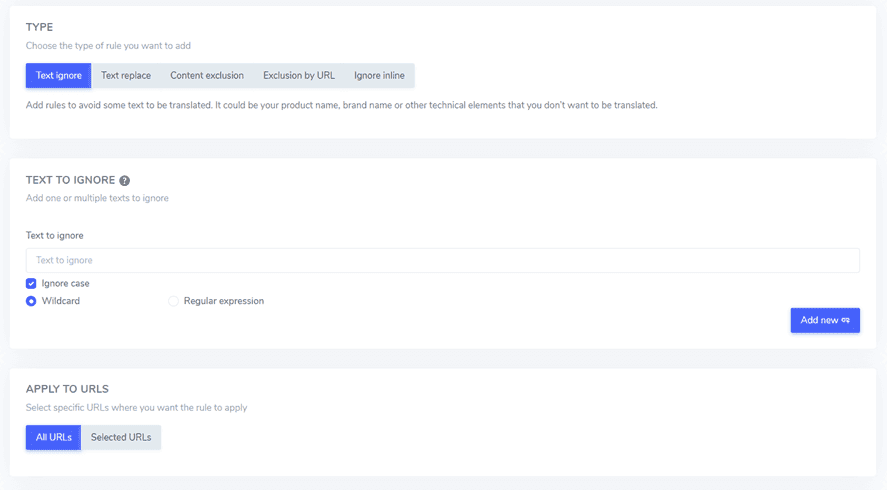
With its advanced AI technology and robust supporting features, Linguise provides a comprehensive and effective localization solution suitable for various project scales and industries.
Case studies of AI localization: Bigdog.nl Multilingual Store
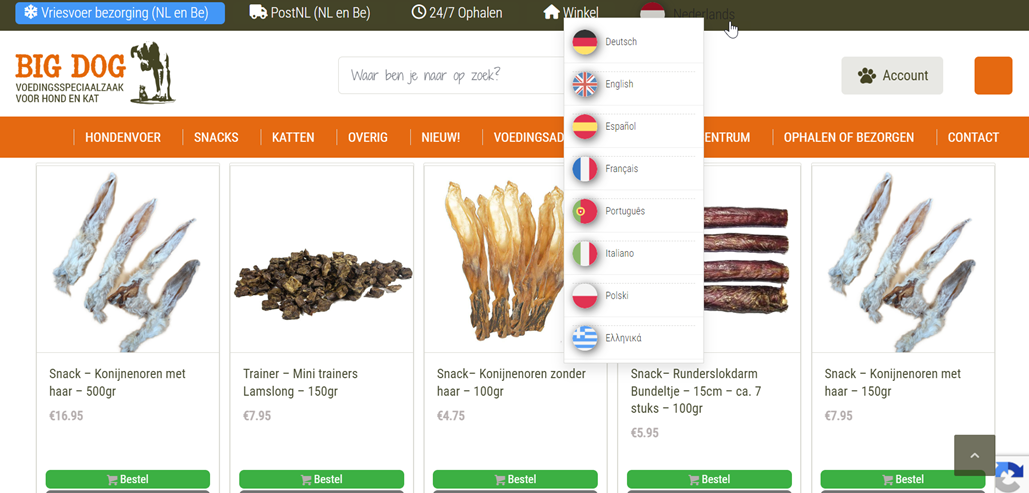
Bigdog.nl, a natural pet food store, sought to expand its market by creating a multi-languagee website. Initially, they faced challenges with translation solutions that were either too costly or lacked essential features like accurate translations and SEO optimization.
Then, they found Linguise to be a game changer for Bigdog.nl with its advanced AI localization capabilities. Powered by Google’s latest AI technology, Linguise’s WooCommerce translation plugin automatically translates every aspect of the store—not just product pages but also layouts, emails, AJAX carts, and the entire checkout process. This comprehensive coverage significantly increases store conversion rates.
Linguise also offered front-end editing and advanced options, such as text replacement and exclusion, which provided the flexibility to adapt to specific locales. This allowed Bigdog.nl to maintain a consistent brand image across different languages, making their multilingual website stand out in the global market.
Bigdog.nl’s experience underscores the importance of utilizing AI-powered localization to ensure accurate, high-quality translations across all website aspects. Linguise’s blend of affordability, advanced features, and AI-driven technology was instrumental in overcoming the challenges of multilingual expansion and achieving success on a global scale.
Conclusion
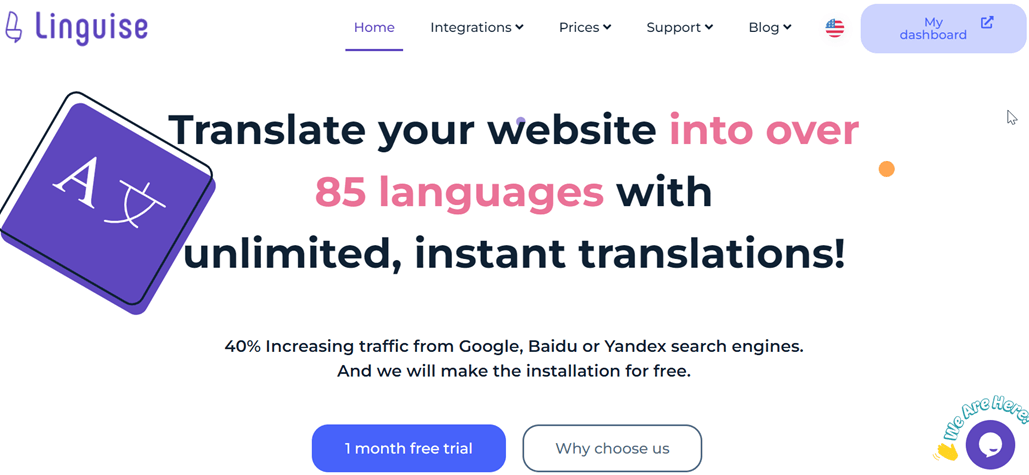
AI localization involves using artificial intelligence (AI) to assist in adapting content, products, or services to fit the target market’s language, culture, and preferences. Applying best practices in AI localization can address challenges such as understanding context, cultural sensitivity, and consistency across languages.
Choose a reliable and effective solution to maximize the benefits of AI localization. Linguise offers advanced AI technology with innovative features to optimize your localization process. If you want to expand your business’s global reach, create a Linguise account today and experience the ease and effectiveness of AI localization firsthand.

